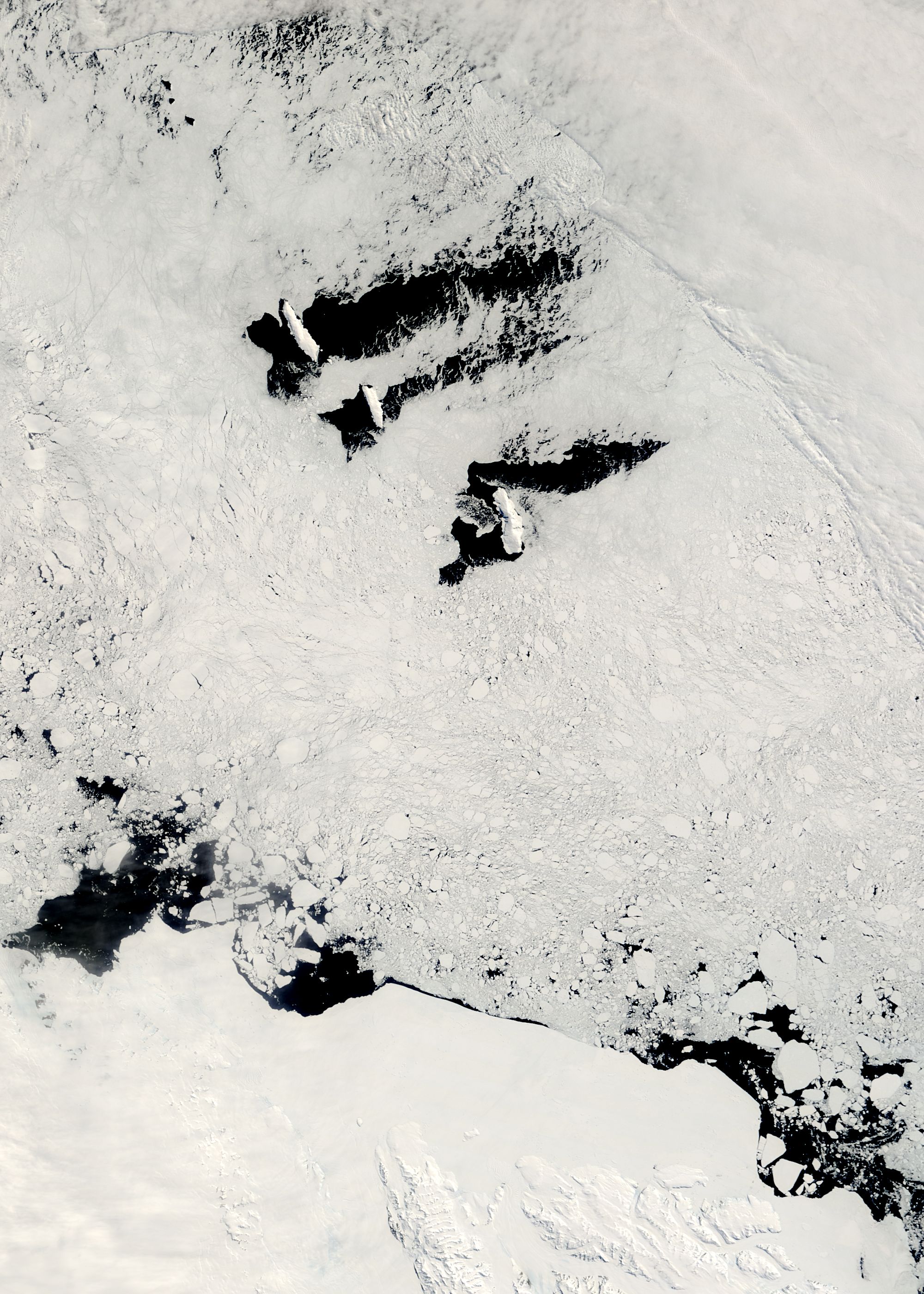|
Cape Frances
Cape Frances () is a cape on the east side of Sturge Island in the Balleny Islands. In 1841, Captain James C. Ross Sir James Clark Ross (15 April 1800 – 3 April 1862) was a British Royal Navy officer and polar explorer known for his explorations of the Arctic, participating in two expeditions led by his uncle John Ross, and four led by William Edwa ..., viewing Sturge Island from a considerable distance, thought it a group of three islands and named the center island, Frances. This error was discovered in 1904 by Captain Robert F. Scott, who applied the name to this cape. References Headlands of the Balleny Islands {{subantarctic-geo-stub ... [...More Info...] [...Related Items...] OR: [Wikipedia] [Google] [Baidu] |
Sturge Island
Sturge Island is one of the three main islands in the uninhabited Balleny Islands group located in the Southern Ocean. It lies southeast of Buckle Island and north-east of Belousov Point on the Antarctic mainland. The island, in Oates Land, also forms part of the Ross Dependency, claimed by New Zealand. Description The island is roughly a parallelogram in shape, with long east and west coasts and shorter coasts facing north-west and south-east. Of volcanic origin, it is about in width, with a maximum length of , between Cape Freeman in the north and Cape Smyth in the south. It is mostly covered by ice and snow throughout the year. The island's highest point reaches with the unclimbed stratovolcano Brown Peak, the highest point in the Balleny chain. Discovery and naming The Balleny Islands were discovered by British mariner John Balleny in 1839. Sturge Island was named after Thomas Sturge, one of the London merchants who had financed Balleny's expedition. Important Bird ... [...More Info...] [...Related Items...] OR: [Wikipedia] [Google] [Baidu] |
Balleny Islands
The Balleny Islands () are a series of uninhabited islands in the Southern Ocean extending from 66°15' to 67°35'S and 162°30' to 165°00'E. The group extends for about in a northwest-southeast direction. The islands are heavily glaciated and of volcanic origin. Glaciers project from their slopes into the sea. The islands were formed by the so-called Balleny hotspot. The group includes three main islands: Young, Buckle and Sturge, which lie in a line from northwest to southeast, and several smaller islets and rocks: *northeast of Young Island: Seal Rocks, Pillar *southeast of Young Island: Row Island, Borradaile Island (with Swan Base shelter hut) *south of Buckle Island: Scott Cone, Chinstrap Islet, Sabrina Islet (with Sabrina Refuge shelter hut), and the Monolith The islands are claimed by New Zealand as part of the Ross Dependency (see Territorial claims in Antarctica). Islands and rocks from north to south The islands' area totals and the highest point has been ... [...More Info...] [...Related Items...] OR: [Wikipedia] [Google] [Baidu] |
James C
James is a common English language surname and given name: *James (name), the typically masculine first name James * James (surname), various people with the last name James James or James City may also refer to: People * King James (other), various kings named James * Saint James (other) * James (musician) * James, brother of Jesus James the Just, or a variation of James, brother of the Lord ( la, Iacobus from he, יעקב, and grc-gre, Ἰάκωβος, , can also be Anglicized as " Jacob"), was "a brother of Jesus", according to the New Testament. He was an early le ... Places Canada * James Bay, a large body of water * James, Ontario United Kingdom * James College, York, James College, a college of the University of York United States * James, Georgia, an unincorporated community * James, Iowa, an unincorporated community * James City, North Carolina * James City County, Virginia ** James City (Virginia Company) ** James City Shire * James City, Pe ... [...More Info...] [...Related Items...] OR: [Wikipedia] [Google] [Baidu] |
Robert F
The name Robert is an ancient Germanic given name, from Proto-Germanic "fame" and "bright" (''Hrōþiberhtaz''). Compare Old Dutch ''Robrecht'' and Old High German ''Hrodebert'' (a compound of '' Hruod'' ( non, Hróðr) "fame, glory, honour, praise, renown" and '' berht'' "bright, light, shining"). It is the second most frequently used given name of ancient Germanic origin. It is also in use as a surname. Another commonly used form of the name is Rupert. After becoming widely used in Continental Europe it entered England in its Old French form ''Robert'', where an Old English cognate form (''Hrēodbēorht'', ''Hrodberht'', ''Hrēodbēorð'', ''Hrœdbœrð'', ''Hrœdberð'', ''Hrōðberχtŕ'') had existed before the Norman Conquest. The feminine version is Roberta. The Italian, Portuguese, and Spanish form is Roberto. Robert is also a common name in many Germanic languages, including English, German, Dutch, Norwegian, Swedish, Scots, Danish, and Icelandic. It c ... [...More Info...] [...Related Items...] OR: [Wikipedia] [Google] [Baidu] |
